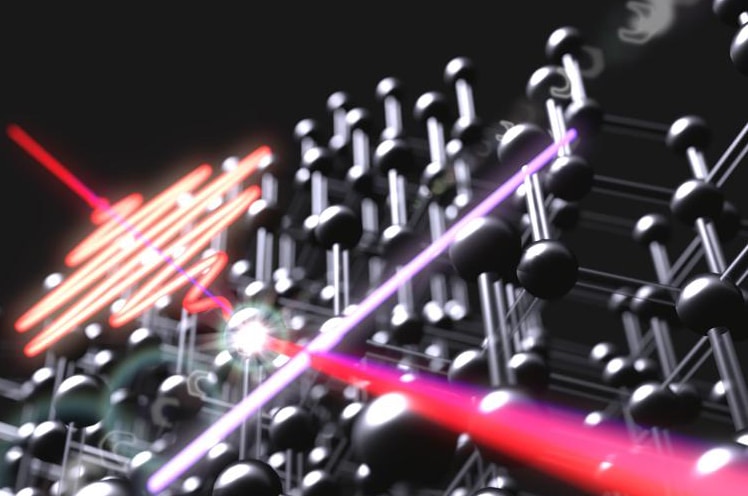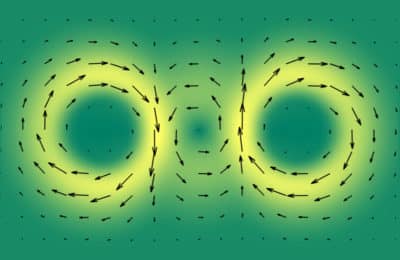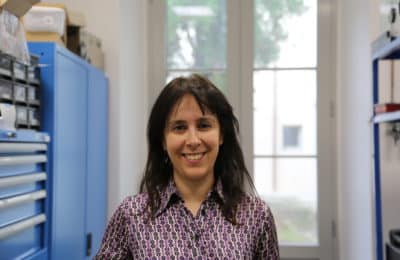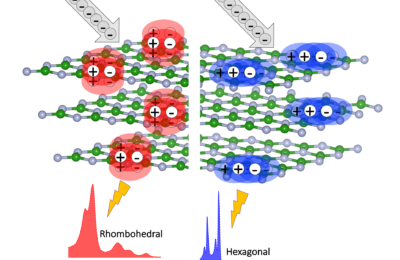A study published in the journal Nature Photonics demonstrates the possibility of controlling the properties of light to optimize the charge injection into a semiconductor material while simultaneously reducing the amount of energy input, a fundamental result for the future development of optoelectronic devices.
The significant discovery was made by a team of researchers from Politecnico di Milano, Istituto Nanoscienze (Cnr-Nano), Istituto di Fotonica e Nanotecnologie (Cnr-Ifn), Istituto per la Microelettronica e Microsistemi (Cnr-Imm) along with a research group from the University of Salerno.
The study, titled “Field-driven attosecond charge dynamics in germanium”, represents an unprecedented achievement toward the realization of ultrafast electro-optical switches that can increase the speed limit at which data is processed and information is encoded.
Researchers observed the phenomenon of ultrafast charge carrier injection into a semiconductor material such as single-crystal germanium, using spectroscopic techniques at the attosecond time scale. They discovered a new regime of radiation-matter interaction where charges are excited by different mechanisms. These mechanisms compete with each other and evolve on different time scales, on the order of a few millionths of a billionth of a second.
“These results are significant because understanding the light-induced excitation processes in semiconductors allows us to design novel optoelectronic devices that optimize the relationship between charge injection speed and dissipated power,” explains Matteo Lucchini from the Department of Physics at Politecnico di Milano, the lead author of the study.
“At Cnr-Nano, we developed a sophisticated simulation that, starting from first principles, can describe, with extremely high spatial and temporal resolution, how the charges excited by light move within the material and predict the most efficient injection mechanisms in various lighting regimes,” adds Carlo Andrea Rozzi, who co-author the study and together with Lyudmyla Adamska and Stefano Pittalis designed, performed and analysed DFT and TDDFT simulations.
Researchers were able to unravel the complex charge injection regime on these extreme time scales through experiments conducted at the Attosecond Research Center as part of the ERC AuDACE (Attosecond Dynamics in AdvanCed matErials) project and the PRIN aSTAR project.
Through simulations based on advanced theoretical models, they demonstrated the complex interaction between various mechanisms in the electron-mechanical response, never observed before, with significant implications in various fields such as optics, photonics, and information technology.
Inzani, G., Adamska, L., Eskandari-asl, A. et al. Field-driven attosecond charge dynamics in germanium. Nat. Photon. (2023). https://doi.org/10.1038/s41566-023-01274-1.
[Image courtesy of Politecnico di Milano]



